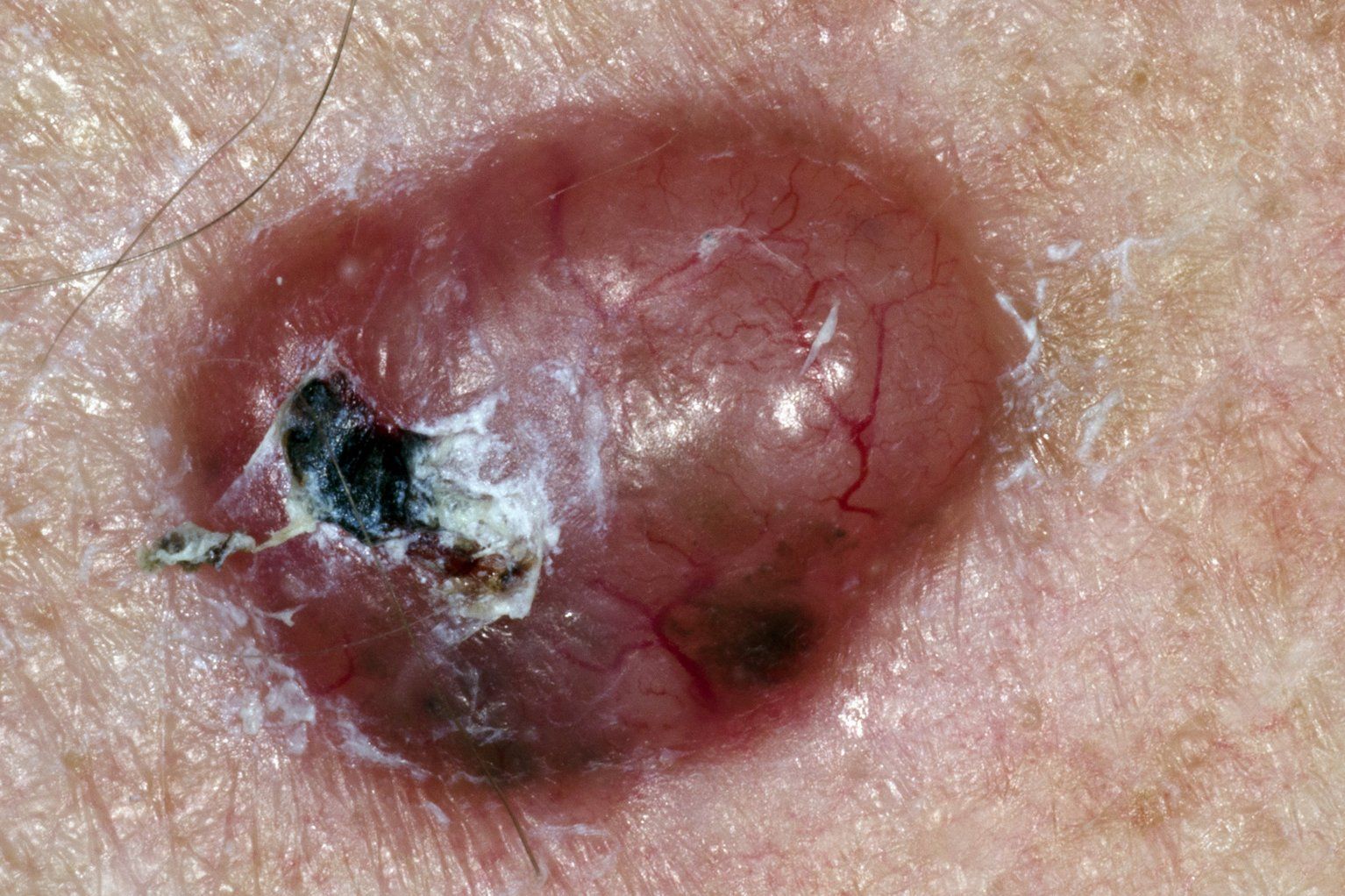Skin Cancers in India
Skin cancers is the one of most common cancers worldwide and are preventable. They are defined as, "abnormal & undefined growth of skin tissue."

Cancer is the leading cause of death worldwide, accounting for 10 million deaths a year. Skin cancer is one of the most common cancers worldwide and are preventable. They are defined as, "abnormal & undefined growth of skin tissue."
This abstract is based on the research paper entitled, "Incidence of melanoma and nonmelanoma skin cancers in Indian and the global regions".
In India, where there is an absence of mandatory health care insurance system, poor cancer registry, lack of awareness, attached stigma, high cancer cost, other socio-economic factors, etc. there is a high burden of cancer.
Skin cancers are commonly divided into two: nonmelanoma skin cancers melanomas skin cancers. Non melanoma skin cancers are further divided into basal cell carcinomas and squamous cell carcinomas. Squamous cell carcinomas are more common among dark skinned individuals and human papillomavirus commonly predisposes it.
A total of 18.1 million new cases and 9.6 million deaths were reported due to skin cancers globally. Non melanoma skin cancers, the number is growing steadily. A recent study in Africa had stated that by next decade the incidence of skin cancer would increase to 40 to 50 cases per 1,00,000 population.
Type of skin cancers
Broadly there are two types of skin cancers. Melanoma and Non melanoma. Melanoma is the most serious kind of skin cancer develops in melanocytes (cells) which produce melanin. Melanin gives colour to our skin. It can develop anywhere on the skin most commonly in the areas close to back, legs, arms and face. There are hidden areas where it could develop, such as under nails, in mouth, digestive tract, urinary tract, vagina, in eyes, etc. Exposure to UV radiations either from sunlight or other sources could increase the risk of melanoma. Initial symptoms of developing melanoma could be identified in change in existing mole, development of some unusual pigment or growth. They have irregular shape and of more than one colour.


Non-melanoma skin cancers generally form slowly in the upper layers of the skin. Non melanoma cancers are the common ones, can be distinguished by appearance of a lump or a discoloured patch on the skin. These lumps could be red and firm. A patch could be scaly and more flat. Non melanoma could develop in the areas of face, ears, hands, shoulders, upper chest and back. Over exposure to UV light is the main cause of non melanoma cancers.

Skin cancers in India
Seen geographically, highest incidence of both melanoma (Nagaland) and non-melanoma (Pasighat) are located in Northeast regions. Demographically, among females the highest number of melanoma cases were found in Delhi and non-melanoma cases were found in Pasighat. Globally both incidences found to be highest in Western Pacific regions (Australia). The incidence is low in India (o.5-4.8 in females; 0.04-6.4 in males) as compared to the figures around the globe (8.1-79.6 in females; 5.1-79.1 in males).
Risk Factors
There are several risk factors contributing to skin cancers namely: environmental, chemical exposure (arsenic) , immunosuppression, fair phenotype, chronic cutaneous inflammation, genetics, radiation exposure. The common risk factors contributing to skin cancers in India are psoralen UVA and fair phenotype.
Effective interventions are needed to prevent and reduce the incidences of skin cancers in India.
Screening of skin cancers in India
It is well established that India lacks in screening and registry of skin cancers as compared to western world. Skin cancer constitute 1 -2 % of total cancers in India. There is no doubt that cancer treatment puts heavy burden on families and increase their out of pocket expenditure. In USA, average annual cost of skin care management have increased by 288% from 2004-2014. Moreover, the average annual cost of treating skin cancer patient have increased from 1000 US$(2006) to 1600 US$ (2011) Annual Total Body self examination administered by physicians could be a cost effective & time efficient tool in early screening of skin cancers. This method was success in Belgium in improving QUALYs (cost per quality adjusted life year, 2380 gain in healthy life years). It could also reduce the morality by 5.6 percent.





